Arracacha
Arracacha is a kind of root vegetable which originally grows in Andes. It belongs to the Apiaceae or carrot family along with other plants such as celery, chervil, coriander and hemlock. The starchy taproot of this plant is an important food source in various regions of South America, while in Brazil, it is considered to be one of the principal commercial crops.
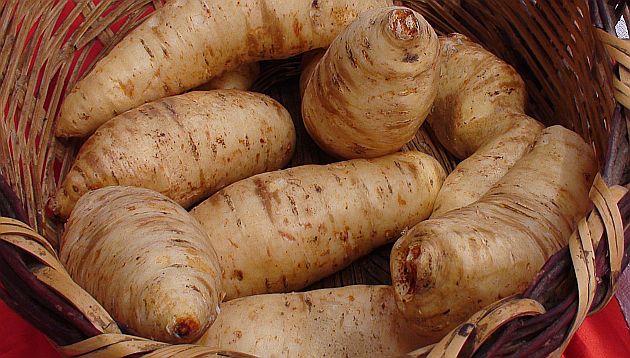
Arracacha
Table Of Content
Scientific Name
The scientific name for this plant is Arracacia xanthorrhiza.
Description
The edible roots resemble carrots in size and shape. Here is a general description of the Arracacha plants and their edible tubers:
Stem: The stems are green and smooth with purple streaks.
Leaves: These plants have tripinnate leaves, growing 10 cm to 20 cm in size. The leaves look like Parsley.
Roots: Their sturdy roots are white in color with a carrot-like appearance. The roots have shiny smooth skin while the color of their interior may vary from white and yellow and purple.
Root Texture and Flavor: The roots have a very crisp texture. Their distinctive flavor is often described as resembling a wonderful mixture of cabbage, celery and roast chestnuts.
Regional Names
This root vegetable is known by various names in different regions of South and Central America:
- In Venezuela: Apio Criollo or Creole Celery
- In Brazil: Dioquinha Or Batata-Baroa
- In Peru: Virraca
- In Ecuador: Zanahoria Blanca or White Carrot
Plant Distribution
These plants are indigenous to the Andes regions. But, they are also found in various South and Central American countries including Brazil, Venezuela, Peru, Dominican Republic, Puerto Rico and Ecuador. The plants are grown in many other places such as North America, Japan and Europe. They have recently been introduced in some parts of Australia.
Cultivation
The traditional propagation of these plants is done with the shoots or offsets that grow on the main rootstock’s crown. The bases of the offsets are slashed repeatedly for stimulating the growth of lateral roots in a uniform arrangement. The Arracacha plants can also be grown quite easily from seeds.
The Arracacha plants can be planted in any time of the year. But, the offsets are usually set out during the beginning of spring in southern Brazil. In the Andes, the planting is done during the early parts of rain.
The harvesting of the edible tubers is done 300 to 400 days after planting. The central rootstock may have up to 10 lateral roots, with each root being as long and wide as a carrot, once it is properly matured. Sometimes immature roots are dug out of the soil 120 to 240 days from planting.
Nutritional Facts
These roots have a very high starch content that ranges between 10% and 25%. The tiny starch granules are very similar to the Cassava. Here is the nutritional fact for 100 gm of the roots:
| Nutrients | Amounts |
| Calories | 289 |
| Total Fat | 0 g |
| -Saturated | 0 g |
| -Polyunsaturated | 0 g |
| -Monounsaturated | 0 g |
| -Trans | 0 g |
| Cholesterol | 0 mg |
| Sodium | 0 mg |
| Potassium | 0 mg |
| Total Carbs | 34 g |
| Dietary Fiber | 2 g |
| Sugars | 0 g |
| Protein | 1 g |
| Vitamin A | 0% |
| Vitamin C | 0% |
| Calcium | 9% |
| Iron | 12% |
Health Benefits
The Arracacha is considered to be among the most nutritious root vegetables in the world. Its high carbohydrate, vitamin and mineral contents are highly beneficial for human health. The starch content of the vegetable makes it very beneficial for small children and old people. The small size of the starch granules make the vegetable very easy to digest.
Uses
This root vegetable has numerous edible and other uses:
Edible Uses
- The starchy roots or tubers are eaten cooked like other root vegetables.
- The uses of the boiled roots are quite similar to that of potato.
- It is used for making various types of dishes including dumplings, pastries, gnocchi, purées and many side dishes.
- They are used for adding a special flavor and color to the dishes.
- Biscuits, fried chips and a kind of coarse flour are made using these roots.
- The young stems can be eaten raw in salads or cooked as green vegetable.
- The flavorsome roots are used for making dehydrated soups. Many food manufacturing companies use the roots for this purpose.
Other Uses
- The leaves and stems of these plants are commonly used to feed animals.
- They are sometimes grown in garden along with other valuable plants and trees as companion plants.
Recipes
Here are the names of some of the recipes using the tubers:
- Mandioquinha (Arracacha) Bombay
- Picadillo de Arracache
- Tambaqui Ribs with Mashed “Mandioquinha” (Arracacha)
- Arracacha Soup
Using Arracacha during Pregnancy
It is safe to eat this root vegetable during pregnancy. But, one should ovoid overconsumption of the tuber as it may cause the skin of the baby to have a yellow hue. It is advisable to consult a physician in case of any serious effect of consuming Arracacha during pregnancy.
Side Effects
There are no known serious side effects of the edible roots of these plants. Eating the roots in very large amounts may cause the individual’s skin to turn yellowish. But, this is not harmful for the health in any way. One should contact a physician in case of any adverse effects.
Storing
The roots do not have a long shelf life. They should be eaten within a week from the time they are harvested. Their sweetness increases during storage, probably due to the hydrolization of the starch content into sugar.
Interesting Facts
Find out some interesting facts about this wonderful garden root vegetable:
- The Spanish name of the vegetable “Arracacha” has been derived from the Quechua, a native South American language.
- These roots are sometimes referred to as “White Carrots”. Although, the name actually belongs to the white variety of carrot.
- Their calcium content is four times richer compared to potatoes.
- The Arracacha plants are commonly grown in small domestic gardens.
- They are often inter-planted along with other food crops including potatoes, coffee, beans and maize.
Pictures
Here are some images of this tasty garden root vegetable.
References:
http://en.wikipedia.org/wiki/Arracacha
https://nap.nationalacademies.org/read/1398/chapter/6#48
http://www.myfitnesspal.com/food/calories/colagricola-arracacha-apio-16346741
- by Deepamala Bhattacharya
- September 10th 2012

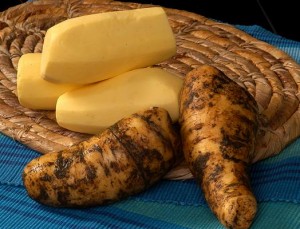
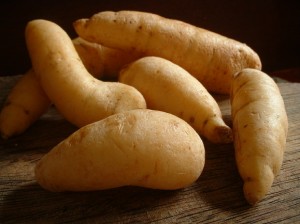
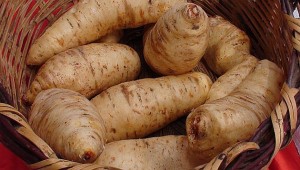
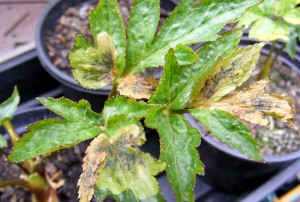
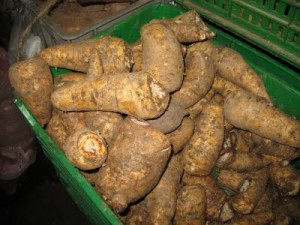
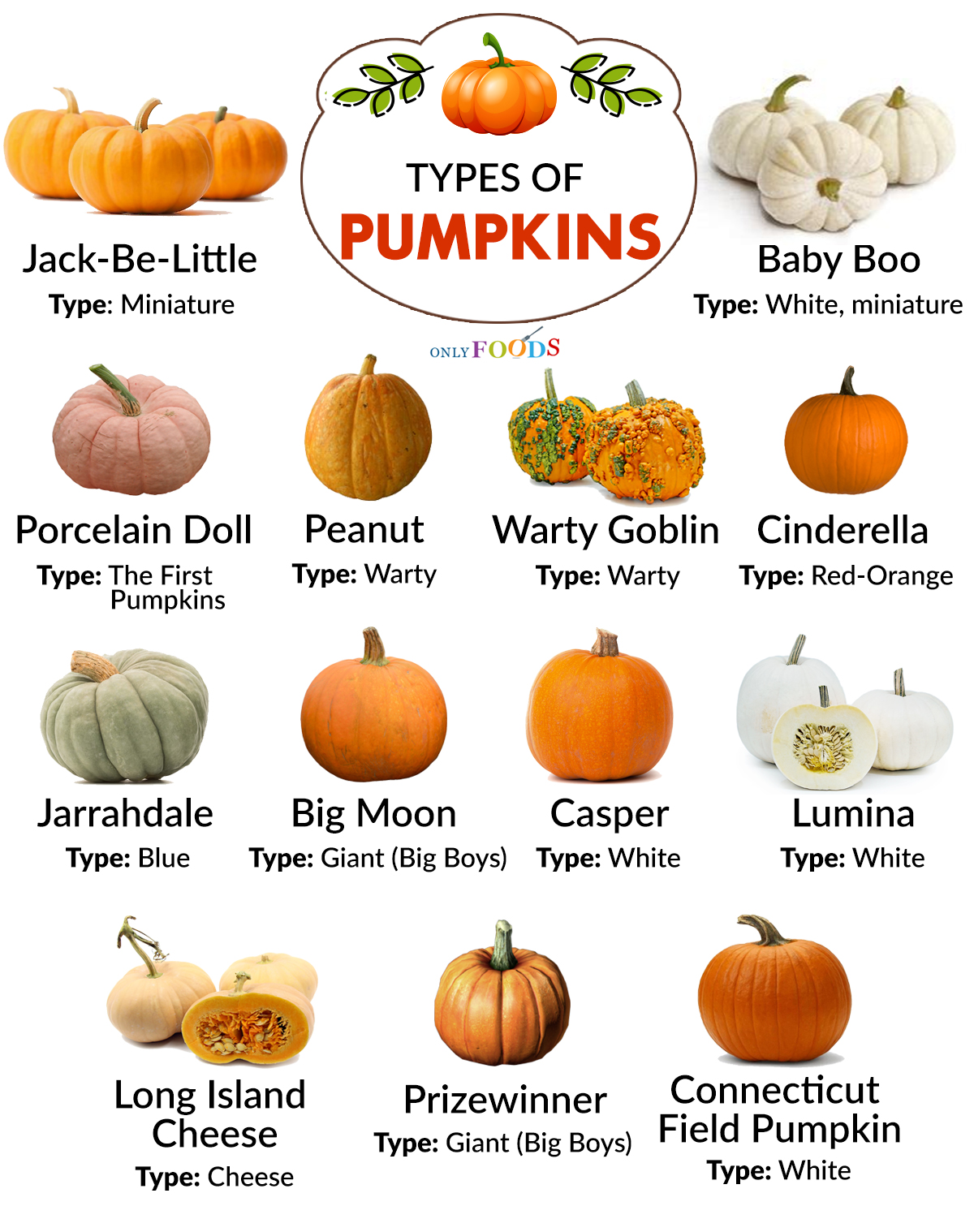
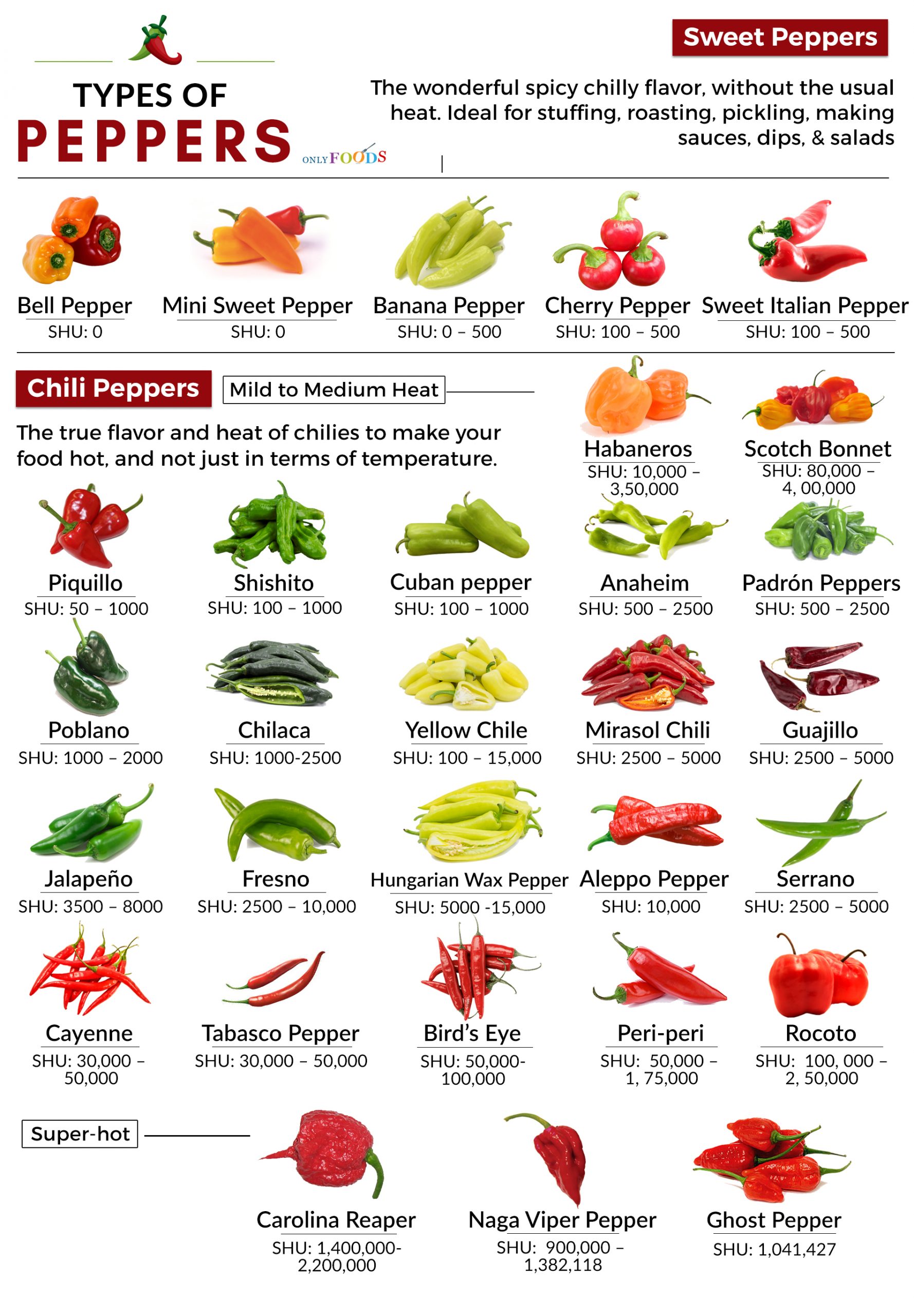
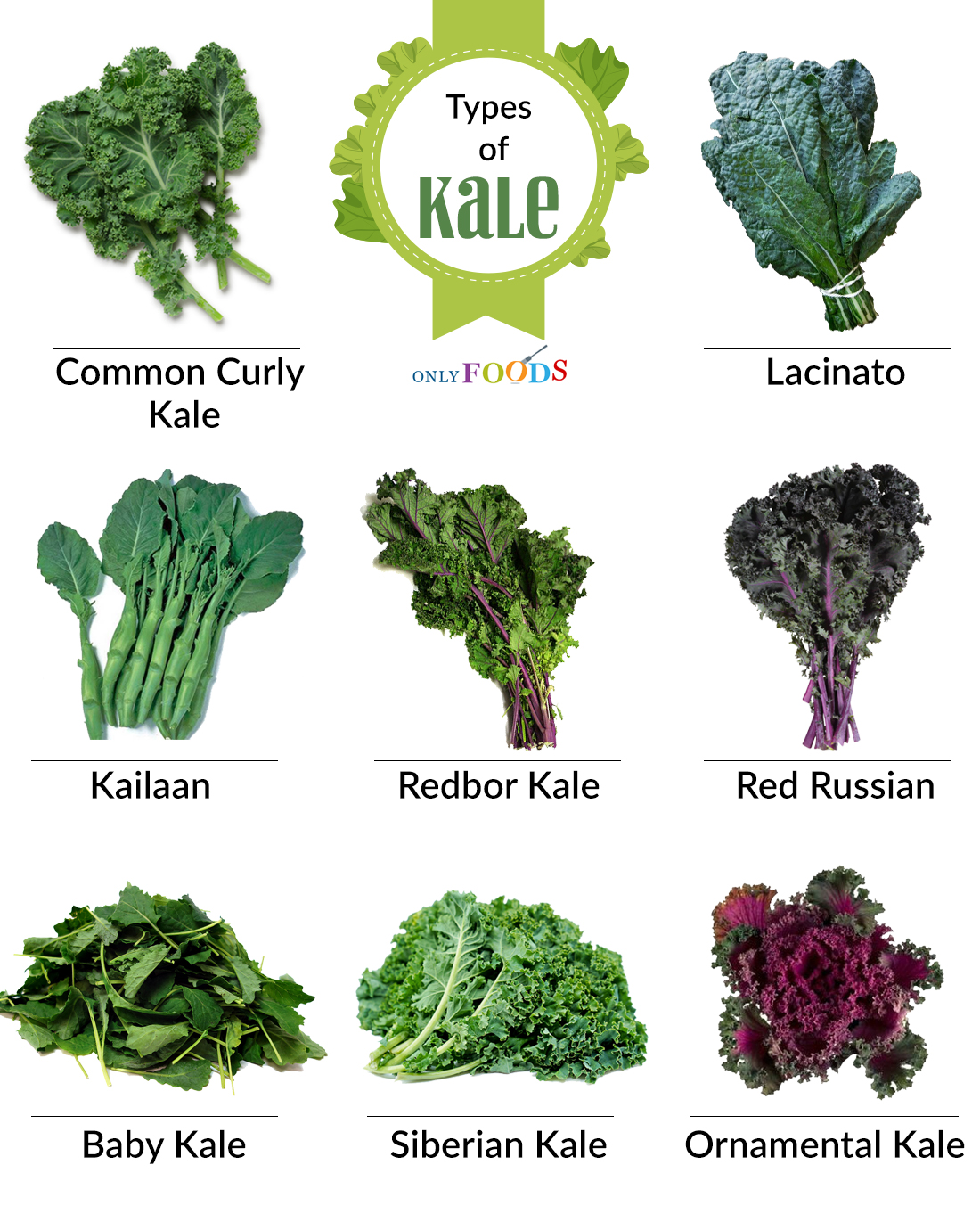
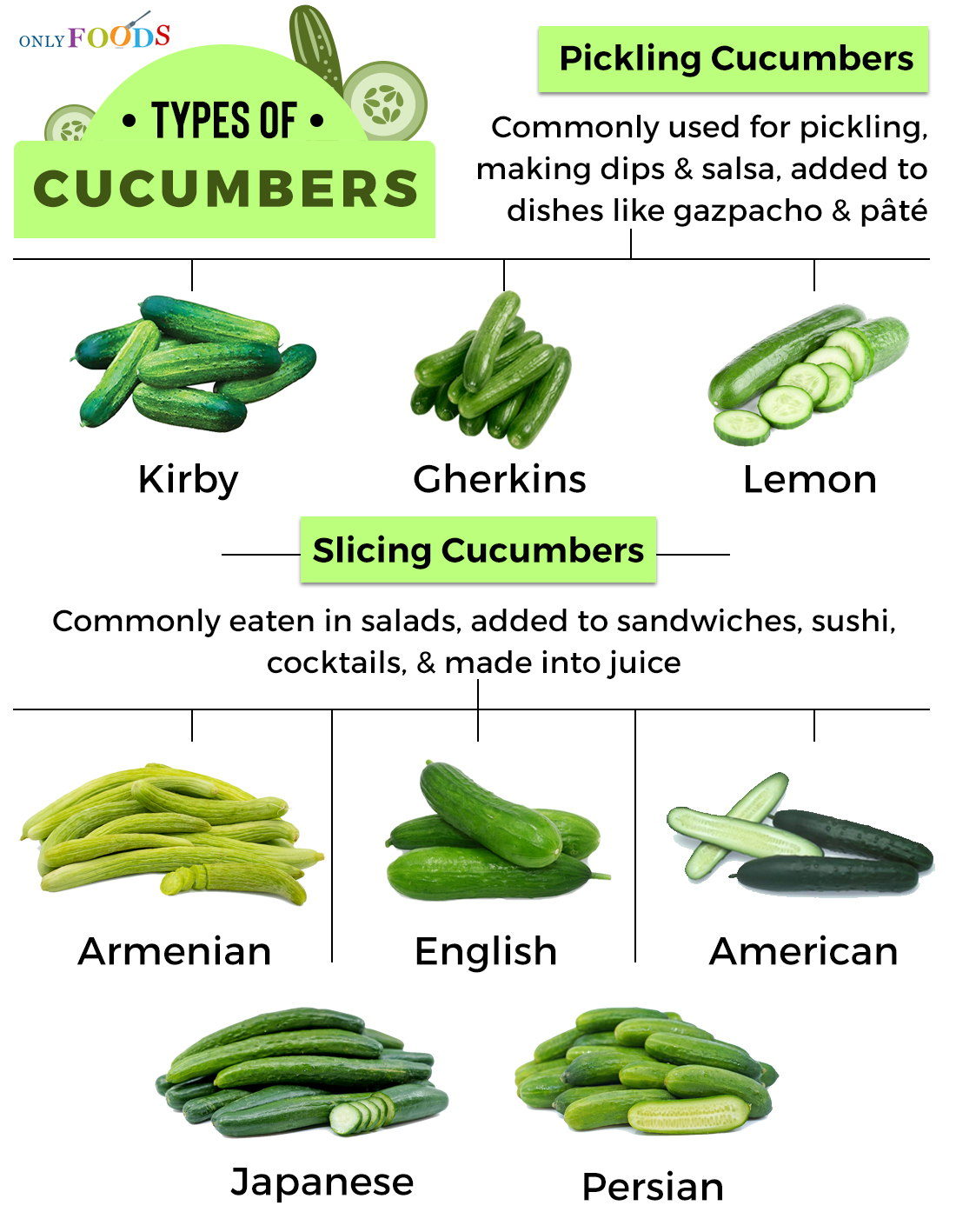















Leave a Reply